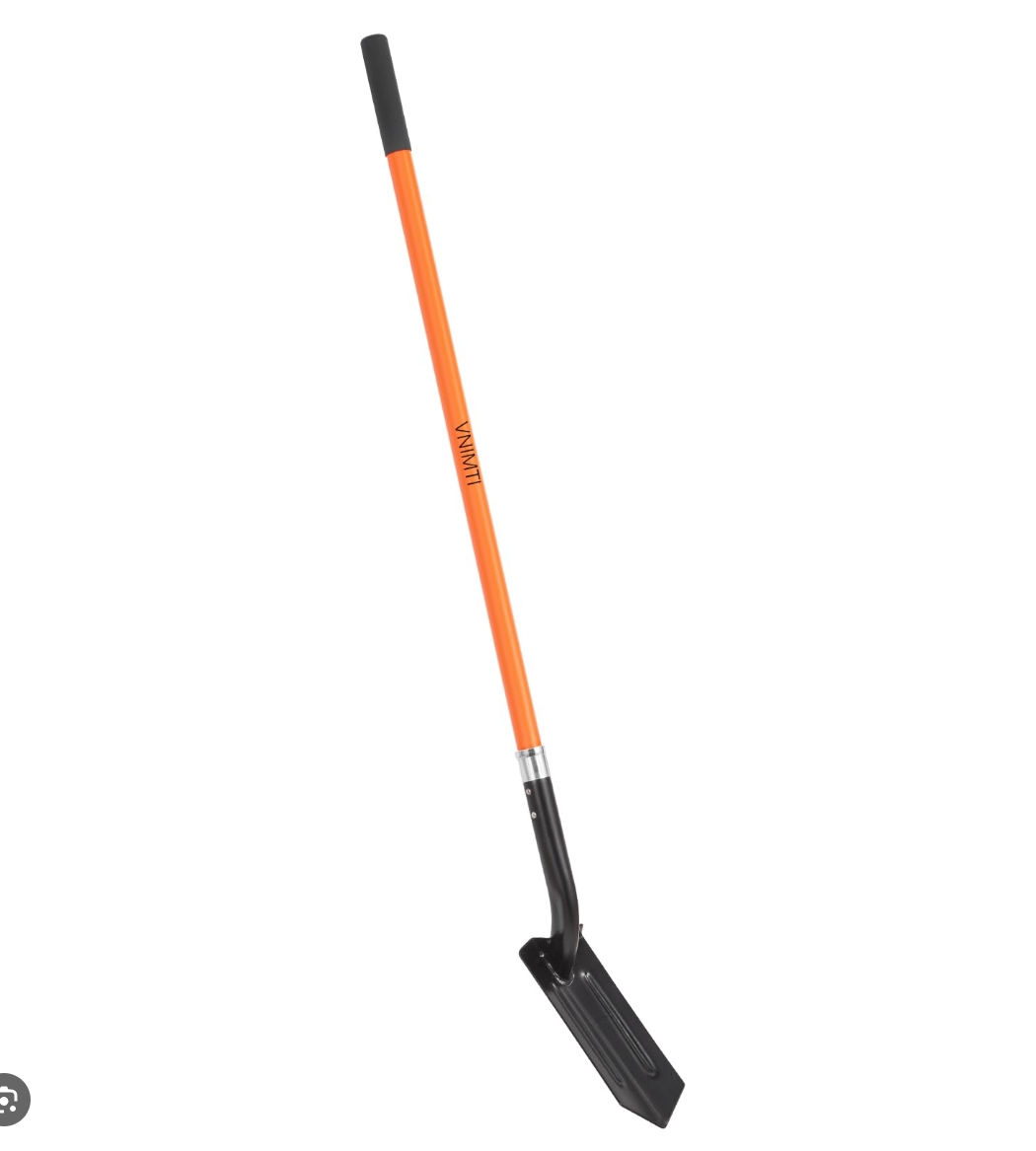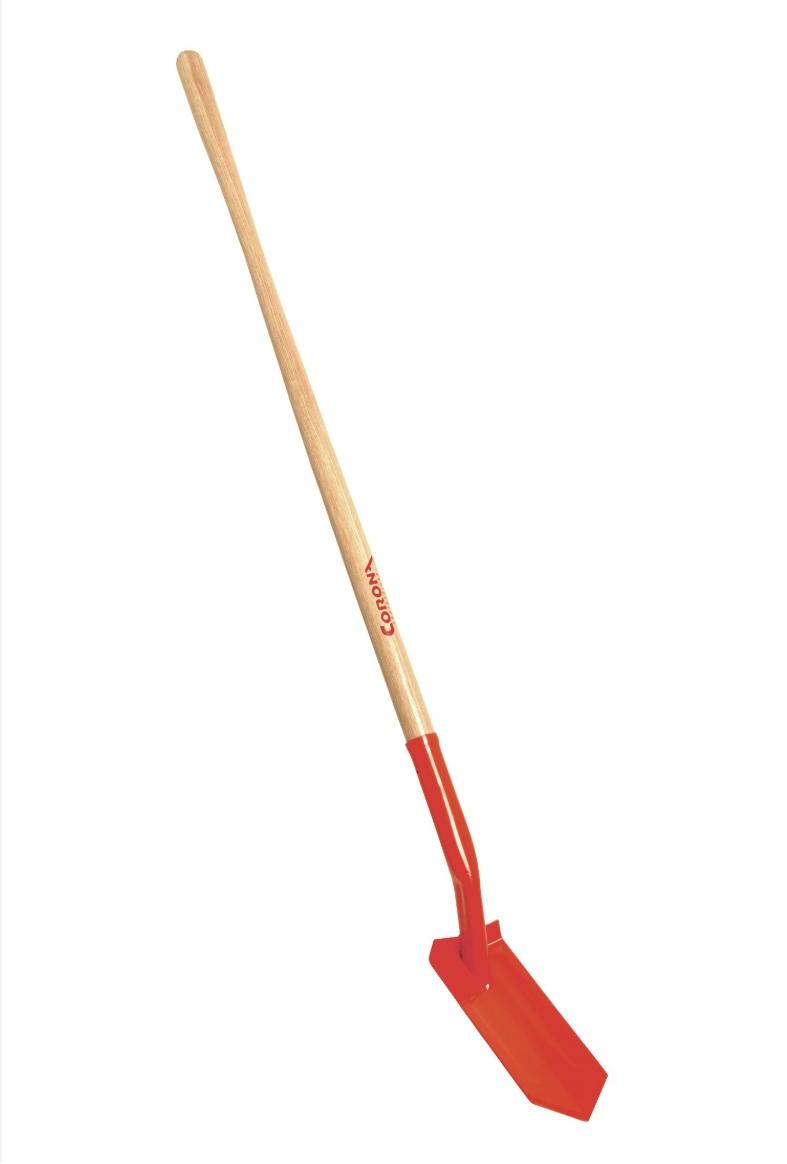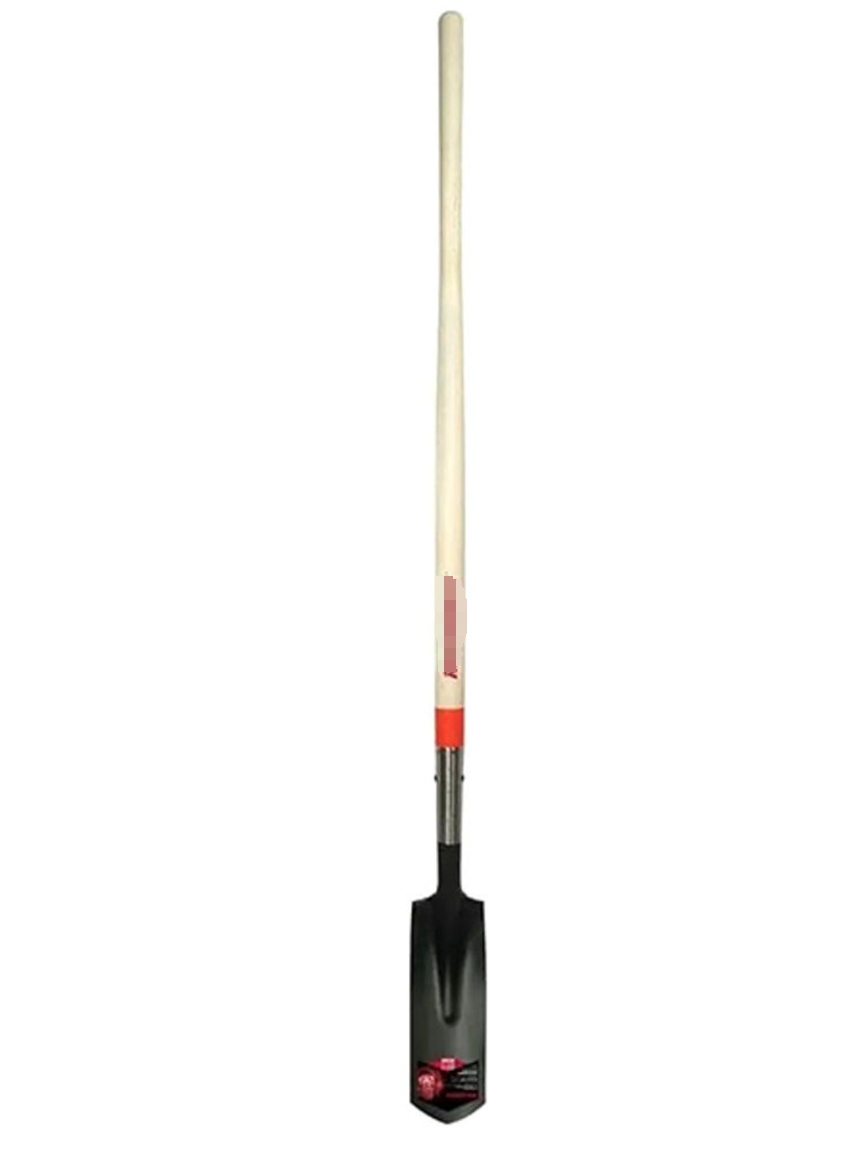News
1. Understanding the Role of a Trenching Shovel in African Field Work
A trenching shovel is a specialized tool designed for digging narrow and deep trenches with precision and efficiency. In the context of African fieldwork—where agriculture, irrigation, and rural construction are vital—this tool plays an indispensable role. Unlike a standard shovel or spade, a trenching shovel typically features a long, narrow blade that enables it to cut through compacted soil with minimal effort. It is especially valuable for tasks such as laying irrigation lines, constructing small drainage channels, and installing underground cables or water systems.
In African regions with varied soil types—ranging from Kenya’s red clay to sandy soils in Namibia—the trenching shovel’s adaptability makes it a favorite among professionals. Its slim blade design allows for cleaner trench edges and deeper cuts, which is particularly important when installing efficient water systems in areas with limited rainfall. Moreover, its straightforward manual design makes it suitable for areas where machinery is either too costly or impractical due to terrain limitations.
Unlike multi-purpose garden shovels, the trenching shovel is engineered for accuracy and endurance. Its narrower profile reduces soil resistance, while the angled blade increases digging leverage—this results in less strain on the user and faster trench completion. In large-scale farming operations across Nigeria or Ethiopia, having access to this type of shovel can significantly reduce manual labor costs.
For NGOs, rural cooperatives, and municipal development projects across Africa, equipping workers with durable trenching shovels can directly impact the speed and quality of community infrastructure development. Whether for water piping in Uganda or electrical trenching in Rwanda, the right tool makes all the difference.

Selecting the ideal shovel for trenching requires a solid understanding of the working environment and the specific trenching task at hand. In the African market, where soil types can vary significantly even within short distances, making the right choice ensures both operational efficiency and long-term durability.
First, consider the soil condition. For example, in regions with hard-packed earth or laterite soil—common in Ghana and Burkina Faso—a trenching shovel with a reinforced steel blade is essential. This prevents deformation and ensures that the blade penetrates the soil cleanly. In contrast, for lighter, sandy soils as seen in coastal areas of Tanzania, a lighter-weight shovel with a fiberglass or hardwood handle may be more practical, offering reduced fatigue during extended use.
Second, evaluate the depth and width of the trench you need to dig. A blade width of around 4–6 inches is standard for narrow irrigation or electrical trenches. For deeper trenches, choose a longer blade and a stronger shaft to maintain leverage and stability. Additionally, features such as a forward-turned step can allow the user to apply more foot pressure for breaking through tough surfaces.
Another critical aspect is handle material and length. Wooden handles are traditional and widely used, but fiberglass options provide better shock absorption—ideal for long hours of work under the African sun. Longer handles offer better reach and leverage, while shorter ones may be easier to control in confined spaces like greenhouse beds or urban construction sites.
For those managing teams in agricultural cooperatives, rural infrastructure projects, or construction sites, it’s recommended to stock multiple types of trenching shovels to match various conditions. This ensures workers always have the right tool on hand—improving productivity and reducing tool wear.

As a factory with over 30 years of experience in manufacturing agricultural and construction hand tools, we offer some of the best trenching shovel solutions tailored specifically for African markets. Our trenching shovels are designed with durability, ergonomic handling, and soil adaptability in mind—critical for tackling the varied terrains across the continent.
Heavy-Duty Trenching wholesale Shovel with Reinforced Blade
Ideal for hard-packed or rocky soils, this model features a high-carbon steel blade with a tempered finish. It withstands aggressive digging in conditions commonly found in inland African regions such as Ethiopia and northern Nigeria.
Narrow-Head Shovel for Trenching in Sandy or Loamy Soil
Lightweight yet robust, this model is perfect for faster trenching in lighter soils—suitable for irrigation projects in coastal Kenya or Mozambique. Available with fiberglass or African hardwood handles depending on your local needs.
Customizable Trenching Shovels
We offer OEM and ODM services. Blade size, angle, logo stamping, and handle materials can be customized based on local distributor or government procurement requirements. Whether you’re sourcing for commercial resale or public works tenders, we deliver tools that meet international standards at competitive prices.
Our trenching shovels are already in use across various rural development projects—such as water pipeline installation in Rwanda, telecom cable deployment in Uganda, and farm irrigation in Malawi. Customers appreciate not only the product durability but also the reliable lead times, responsive support, and flexible order quantities we provide.
Whether you need 1,000 units for wholesale or a pilot batch for a government project, our team is ready to assist with prompt delivery and complete documentation. We take pride in being a trusted tool partner in Africa’s development.

When choosing the best shovel for trenching in the harsh and unpredictable environments of Africa, durability and user efficiency are non-negotiable. From dry, compacted soil to wet, clay-heavy terrain, field professionals need tools that perform consistently under pressure.
One of the top features of a superior trenching shovel is blade strength and edge retention. Look for heat-treated or forged steel that resists bending and keeps its sharp edge longer. In high-impact use, such as in rocky or laterite soil found in Uganda and Cameroon, inferior materials simply don’t hold up.
The shovel head design also plays a critical role. A curved or angled blade with a slight scoop improves digging force and helps remove soil efficiently. A straight-edge blade, on the other hand, provides precision for shallow or straight-line trenching required in infrastructure projects.
Handle design and comfort are equally important in field applications. Fiberglass handles are favored for absorbing shock, while ergonomic grips help reduce strain in all-day use. In some rural settings where tool-sharing is common, adjustable or standardized handle lengths can increase operational versatility.
Additionally, anti-corrosion coating is essential. African climates range from humid coastal zones to arid deserts, so rust-resistant finishes prolong tool life and ensure consistent performance. Non-slip foot steps welded to the blade make it easier to apply force, especially in muddy conditions.
Ultimately, the best shovel for trenching is not just about specs—it’s about field-tested performance. Investing in the right tool translates to reduced fatigue, faster completion times, and fewer replacements—ideal for NGOs, construction firms, and agricultural cooperatives working with limited budgets.
For small-scale African projects, where budget and manpower are limited, the question arises: Are trenching shovels worth it? The answer is a clear yes—provided the tool is matched properly to the job.
Trenching shovels significantly outperform standard digging tools in tasks like irrigation, garden drainage, and underground line installations. Their narrow blades reduce excavation effort and produce cleaner, more controlled trench profiles. For farmers managing plot-level irrigation or laying simple PVC piping, this can mean saving hours of manual work.
In countries like Malawi or Zambia, where smallholder farms dominate and mechanical trenchers are too costly or inaccessible, trenching shovels offer a low-cost, high-efficiency alternative. The tool’s ability to work in tight spaces also makes it ideal for household-level water systems and latrine projects in dense rural communities.
Moreover, trenching shovels are incredibly versatile. They can be used for edging, root-cutting, or even post-hole preparation. This multifunctionality provides excellent value, especially when storage space is limited and every tool must serve more than one purpose.
Feedback from field technicians in Tanzania and project managers in Nigeria confirms that with proper use, a trenching shovel can last several seasons. It empowers communities to manage infrastructure tasks independently, without needing constant external support.
In summary, for any project involving narrow excavation, trenching shovels are a wise investment. Their low cost, high impact, and long-term durability make them ideal for Africa’s rural and semi-urban development needs.

 Sitemap
Sitemap